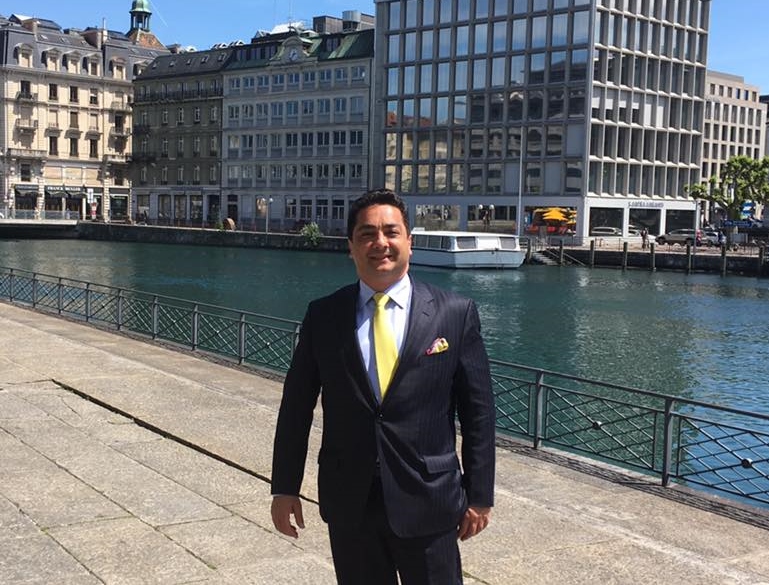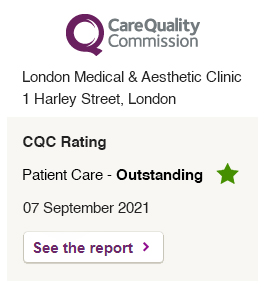Just like all Organs, over time the skin will go through a natural aging process. However, depending on certain factors, premature aging is not uncommon in some. The main causes are things such as, exposure to UV light (natural and artificial), smoking and skin quality.
As we age, it is natural for the skin to become thinner and less firm due to the slowing production of collagen and elastin, but due to lifestyle, some people tend to age quicker than others. While surgical procedures can produce considerable results, the effects of dermal heated lasers are now a great non-surgical alternative. These lasers help rejuvenate, and stimulate collagen in your skin to improve the appearance of fine lines and wrinkles.
The modern facial rejuvenating treatments include non-ablative lasers, light sources and intense pulsed light. To achieve desired results with this technique, it is usually necessary to need multiple treatments, however you will need less recovery time than choosing a surgical option.

How it works
Radiofrequency produces electric currents that generate heat through the resistance of the skin. The electric energy causes the molecules in the tissue to rotate and move. The properties of the tissue being treated determine the depth and degree of the thermal energy as the resistance of the skin can vary due to skin/fat ratio, temperature and water content. The shift in the deep tissue under the surface encourages the production of new collagen and elastin, therefor, replacing the collagen that was lost, pre maturely or with the natural aging process.
Like all procedures, the patient must be eligible for the treatment for it to work. One concern for some laser treatments is the risk of hyperpigmentation due to skin types. Thankfully, all skin types of the Fitzpatrick scale are eligible for this treatment.
It has been shown that patients who are obese will unlikely have dramatic results, but those who are a healthy weight at the age of 30-50 years who show signs of skin laxity, are shown to have benefited from the treatment the best. Dermal heating therapy, has also been seen to improve those affected by acne.

Radiofrequency and devices
There are a number of different lasers and machines used for radiofrequency. Following is a list with the main devices that are used for this treatment;
• Monopolar RF (Thurmage, Thurmacool)
• Radiofrequency, infrared and vacuum (Velashape)
• Bipolar RF and Light energy (Polaris RW)
• Radio frequency and vacuum suction (Aluma)
• Infrared light (Titan)
• Infrared light (Gentle YAG)
• Ultrasound (Ulthera)
Each of these devices have both advantages and disadvantages that have been tested through clinical trials, and things such as duration, intensity and number of treatments are what mainly vary with each one. As each patent is different, some may require more treatment than others, so progress is monitored before and after each session.

Treatment
Prior to treatment, the patient must remove all metal jewellery and make up. There should be no form of anaesthesia, topical or injectable, so not to interfere with the patient’s detection of the heat sensation applied. This is so that the patient can give feedback during the procedure as an indication to adjust fluence levels. The procedure will be complete once the tightening of the skin is visible and there is a redness (erythema) evident. As mentioned, the different designs of devices will be what determines the length of the procedure, and how many treatments will be needed. This type of treatment will allow most patients to go back to their regular routine straight away. All post treatment information will be given to the patient.

Dr Ayham Al-Ayoubi: Non-invasive tissue tightening is a remarkable alternative to a surgical procedure with impressive results, but like all modern procedures there are areas that need to be improved. The technology is constantly evolving. With each change there are reductions on risk/discomfort and clinical trials will be taken to allow the procedure to become the most efficient it can be for both the practitioner and the patient.





